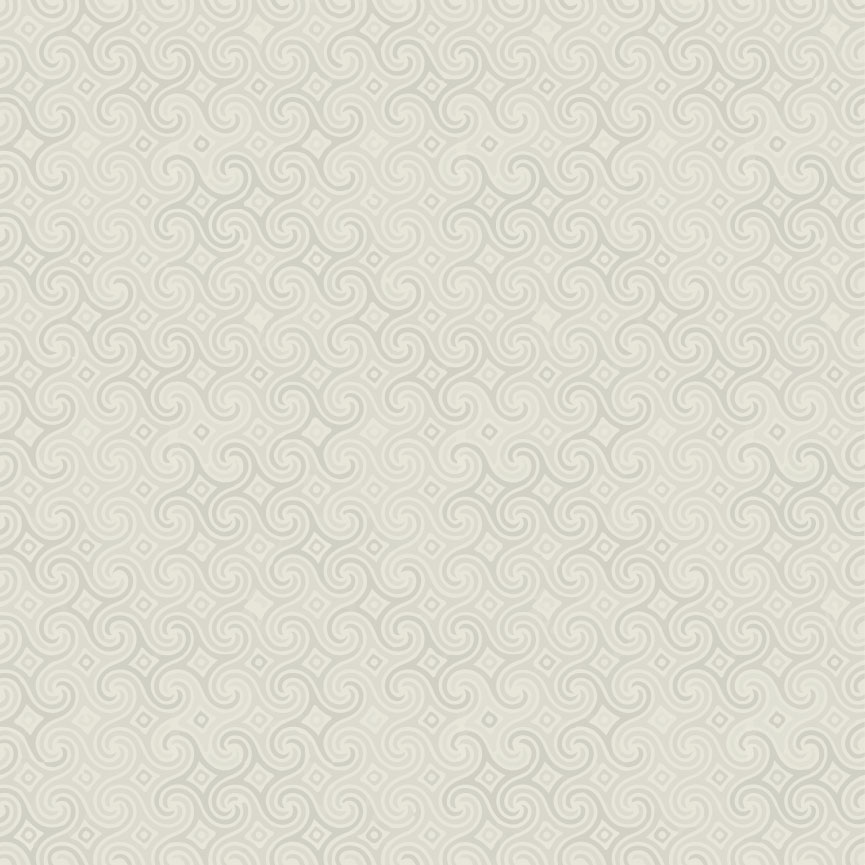Mercanteinfiera’s Journey to Space: Towards the Homo Caelestis
From October 12 to 20, Mercanteinfiera Fall will present the exhibition “Shoot for the Moon: how we will live on our satellite”, in collaboration with the European Space Agency (ESA). This showcase of futuristic photographs, drawings, and materials will illustrate the cutting-edge work of those pushing the boundaries of human exploration, venturing that extra “millimeter into the unknown.” On Saturday, October 12 at 4 PM, Tommaso Ghidini, Head of ESA’s Structures, Mechanisms, and Materials Division, will join RAI journalist Luca Ponzi for an engaging talk. Topics will include design, 3D-printed regenerative medicine, and the lunar habitats that will one day allow humans to live on the Moon.
(Parma, 7 October 2024) – Space, the final frontier of design. Aesthetics, harmony, and lightness are as crucial to space exploration as the technology that launches rockets and spacecraft back to the Moon—and eventually to Mars. These themes will be at the heart of the exhibition “Shoot for the Moon: how we will live on our satellite”, hosted at Mercanteinfiera Fall (October 12-20) in collaboration with the European Space Agency (ESA). This international event at Fiere di Parma is known for celebrating antiques, historical design, modern collectibles, and vintage treasures, including fashion, jewelry, and watches.
Leading us through these uncharted worlds is Tommaso Ghidini, Head of ESA’s Structures Division, who will headline the talk Homo Caelestis: A Conversation at the Edge of Space, alongside journalist Luca Ponzi, on Saturday, October 12 at 4 PM (Pavilion 4, Stand A35). Earlier that day, at 2:30 PM, the talk Blame It on Apollo 11 (And More) will take place with science communicators Marco Bastoni and Pasquale D’Anna.
“Design,” explains Ghidini, “is a fundamental part of space exploration. Missions must be not only functional but also comfortable and safe. Spacecraft are designed to maximize internal space, ensure astronaut safety, and optimize resource management. Design isn’t just about technology—it’s about ergonomics and adaptability to extreme conditions. And it must also provide a comfortable environment since we’re talking about confined spaces where you can’t even open a window. These are essentially boxes launched by rockets, but our goal is to safeguard the astronauts’ psychological well-being, as they must live and work in these environments.”
These considerations will become even more critical as we prepare for a permanent human presence on the Moon. In the coming years, after the historic Apollo 11 landing 54 years ago, humanity will return to the lunar surface. Initially, a “lunar camp” will be built to allow for extended stays, which will eventually evolve into a permanent base. Aesthetics will be key, as lunar habitats will be designed with great care to ensure comfort and mental well-being, enabling astronauts to live and work in the harshest of environments, far different from Earth.
According to Ghidini, this space-age design will continue to draw on Italy’s rich tradition of craftsmanship. Italy, which already contributed to 50% of the International Space Station’s structure, will play a leading role in creating comfortable and beautiful space environments. “It’s in our nature,” he says. “We are surrounded by beauty from an early age—art, churches, architecture—it’s all around us, and we project it into everything we do. It’s in our DNA.”
Exploring, living, and inhabiting space will present humanity with new challenges, including in the field of medicine. Treating astronauts on Mars, a reality that could happen by 2040, will require the use of regenerative medicine, utilizing 3D printing technology. ESA has already successfully 3D-printed human skin and bones.
Moreover, space settlements—starting with the Moon—must be as self-sufficient as possible. “We need a complete paradigm shift,” explains Ghidini. “Launching all the materials we need would be technologically, economically, and logistically impossible. We’ll have to use in-situ resources—on the Moon and later on Mars—just as Christopher Columbus did when he went to America. We’ll also implement systematic recycling of resources to become more self-sufficient.”
For example, materials from decommissioned spacecraft, such as steel, titanium, and aluminum, will be recycled and transformed into new tools and materials using 3D printing. This technology will enable the creation of a true “space industry,” with lunar regolith being used to manufacture objects, just as the International Space Station has already begun producing 3D-printed metal items.
Space won’t only be a laboratory for technology and innovation—it will also deliver a message of peace, tolerance, and optimism. “One day,” concludes Ghidini, “children will be born on Mars, where gravity is much weaker than on Earth. These individuals will be extremely slender, with fragile bones and muscles. If they returned to Earth, they would be crushed by its gravity. But they’ll still be human—perhaps a Homo Martianus. So, let’s forget about aliens from other worlds. We are the aliens, capable of bringing life, culture, and values to new places where no life currently exists.”
Press Office
Antonella Maia
Expert in lifestyle events and communication
mobile +39 349.4757783
mirandola.net


